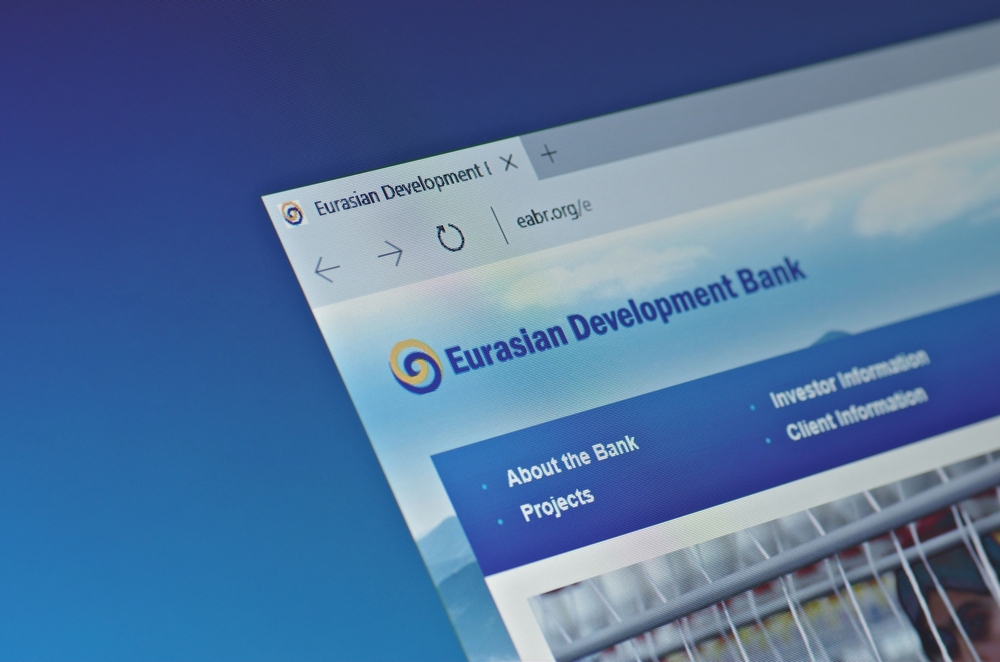NUR-SULTAN – Analysts at the Eurasian Development Bank (EDB) projected a 3.2 percent increase in the aggregate gross domestic product (GDP) of its member countries in 2021, after 3.8 percent drop in 2020. The forecast assumes that the COVID-19 spread will slow down and countries globally will lift restrictions in the first half of 2021.

Photo credit: bbj.hu.
A full recovery of the GDP of the EDB’s states to pre-crisis levels will take up to three years. The EDB estimated that Kazakhstan should reach pre-crisis level first in the second half of 2021 because it had a relatively small decline. Russia, Kyrgyzstan, and Armenia will reach their 2019 fourth quarter indicators in the first half of 2022, while Belarus will reach them only in 2023.
“The experience of a dozen global economic crises of the last hundred years shows that people always find ways to solve difficult problems. A recession will be followed by a period of recovery. We estimate that most economies in the EDB’s region of operations will enter the growth phase in 2021,” EDB Chief Economist Yevgeny Vinokurov told Macroprognosis.
At the end of 2020, the EDB analysts forecast an economic downshift for Armenia by 6.4 percent, Belarus – 1.5 percent, Kazakhstan – 3 percent, Kyrgyzstan – 7.5 percent, Russia – 4 percent, and Tajikistan – 4.5 percent.
State support for the population and business mitigated a larger scale of the economic downturn. According to the report, Kazakhstan and Russia introduced the most ambitious anti-crisis packages of approximately 8.7 percent and 4.5 percent of their GDP, respectively. The state support measures can compensate for around 2-3 percent of GDP losses in Kazakhstan and 1.3-2.3 percent in Russia in 2020. Belarus, Kyrgyzstan, and Tajikistan’s state support were relatively small (1.1, 2.4 and 2.5 percent of GDP, respectively) for their limited fiscal reserves.
“The uncertainty and risks in the current environment are very high. It is important for the member countries of the bank not to abandon measures of state support for the economy, especially small and medium-sized businesses and employment, thereby stopping, as far as possible, the negative social and economic consequences of the pandemic,” Vinokurov said.
While geopolitical risks will continue to put pressure on national currencies, investment attractiveness and oil price growth will support the currencies. In 2021, the analysts expect a recovery of investor interest in risky assets and growth of an average price of Urals crude oil to return to $49 per barrel of oil (up from $41 per barrel in 2020).


